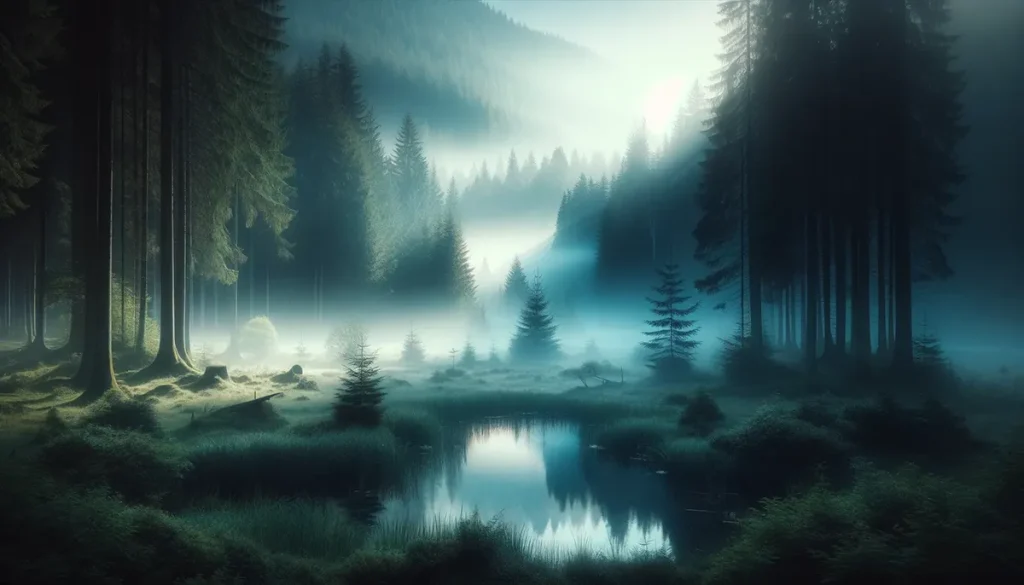Atmosphere

Understanding Atmosphere in Photography
At its core, atmosphere refers to the mood or emotion that a photograph conveys. It’s a symphony of elements like lighting, color, subject matter, and composition, all harmoniously intertwined to create a feeling that resonates with the viewer. Whether it’s the nostalgia evoked by a sepia-toned portrait or the suspense of a shadowy streetscape, atmosphere is the thread that weaves together the narrative of an image.
The Role of Lighting in Crafting Atmosphere
Lighting is the cornerstone of atmosphere in photography. The play of shadows and light can dramatically alter the mood of a photo. Soft, diffused light lends a gentle, serene quality, ideal for creating romantic or dreamy atmospheres. In contrast, harsh, direct lighting can create deep shadows, perfect for building tension or drama.
Color Temperature and Emotional Tone
Color temperature significantly influences the emotional tone of a photograph. Warm colors, like oranges and yellows, often evoke feelings of warmth, comfort, and nostalgia. Conversely, cool colors such as blues and greens can create a sense of calm, mystery, or melancholy.
Composition and Framing: Directing the Viewer’s Eye
The way elements are arranged within a frame can guide the viewer’s eye and evoke specific emotions. A minimalist composition, with ample negative space, can convey a sense of loneliness or introspection. On the other hand, a chaotic, cluttered frame might reflect turmoil or excitement.
The Influence of Subject Matter on Atmosphere
The subject of a photograph is intrinsically linked to the atmosphere it creates. A lone figure in a vast landscape can evoke feelings of isolation or freedom, while a bustling street scene might convey the energy and chaos of urban life.
Camera Angles and Perspective in Building Mood
The choice of camera angle and perspective plays a crucial role in atmosphere. A low-angle shot can make a subject look powerful or imposing, adding drama to the scene. A high-angle shot, meanwhile, can make the subject appear vulnerable or small, evoking sympathy or introspection.
Techniques for Creating Specific Atmospheres
Romantic or Nostalgic Atmosphere
- Techniques: Use warm tones, soft lighting, and a shallow depth of field.
- Example: A softly lit portrait with a bokeh background, imbued with warm golden hues.
Tense or Suspenseful Atmosphere
- Techniques: Employ cool colors, dramatic lighting contrasts, and bold, unexpected compositions.
- Example: A night scene with stark lighting casting long shadows, rendered in a cool blue palette.
Joyful or Energetic Atmosphere
- Techniques: Bright, vibrant colors, even lighting, and dynamic compositions.
- Example: A brightly lit landscape on a sunny day, filled with vivid colors and lively subjects.
